BMW i4 vs Volvo EC40 – Which one offers the better deal?
Both models have their strengths – but which one suits you more?
Compare performance, efficiency, price and space directly: BMW i4 or Volvo EC40?
Costs and Efficiency:
When it comes to price and running costs, the biggest differences usually appear. This is often where you see which car fits your budget better in the long run.
Volvo EC40 has a hardly perceptible advantage in terms of price – it starts at 46600 £, while the BMW i4 costs 49400 £. That’s a price difference of around 2751 £.
In terms of energy consumption, the advantage goes to the BMW i4: with 14.70 kWh per 100 km, it’s to a small extent more efficient than the Volvo EC40 with 16.20 kWh. That’s a difference of about 1.50 kWh.
As for range, the BMW i4 performs barely noticeable better – achieving up to 613 km, about 29 km more than the Volvo EC40.
Engine and Performance:
Under the bonnet, it becomes clear which model is tuned for sportiness and which one takes the lead when you hit the accelerator.
When it comes to engine power, the BMW i4 has a clearly perceptible edge – offering 601 HP compared to 442 HP. That’s roughly 159 HP more horsepower.
In acceleration from 0 to 100 km/h, the BMW i4 is clearly perceptible quicker – completing the sprint in 3.70 s, while the Volvo EC40 takes 4.60 s. That’s about 0.90 s faster.
In terms of top speed, the BMW i4 performs somewhat better – reaching 225 km/h, while the Volvo EC40 tops out at 180 km/h. The difference is around 45 km/h.
There’s also a difference in torque: BMW i4 pulls to a small extent stronger with 795 Nm compared to 670 Nm. That’s about 125 Nm difference.
Space and Everyday Use:
Beyond pure performance, interior space and usability matter most in daily life. This is where you see which car is more practical and versatile.
Both vehicles offer seating for 5 people.
In curb weight, Volvo EC40 is hardly perceptible lighter – 2065 kg compared to 2070 kg. The difference is around 5 kg.
In terms of boot space, the BMW i4 offers somewhat more room – 470 L compared to 404 L. That’s a difference of about 66 L.
In maximum load capacity, the BMW i4 performs barely noticeable better – up to 1290 L, which is about 94 L more than the Volvo EC40.
When it comes to payload, BMW i4 slight takes the win – 480 kg compared to 435 kg. That’s a difference of about 45 kg.
Who wins the race?
The BMW i4 proves to be leaves the rival little chance and therefore becomes our DriveDuel Champion!
BMW i4 is the better all-rounder in this comparison.

BMW i4
BMW i4
The BMW i4 beautifully merges the dynamism of a saloon with the efficiency of an electric vehicle, offering a truly exhilarating driving experience. Its design seamlessly blends elegance and athleticism, highlighting BMW's dedication to both aesthetics and performance. Inside, the i4 boasts a high-tech cockpit that harmonises luxury with intuitive technology, allowing drivers to stay connected while on the move.
details @ press.bmwgroup.com
@ press.bmwgroup.com
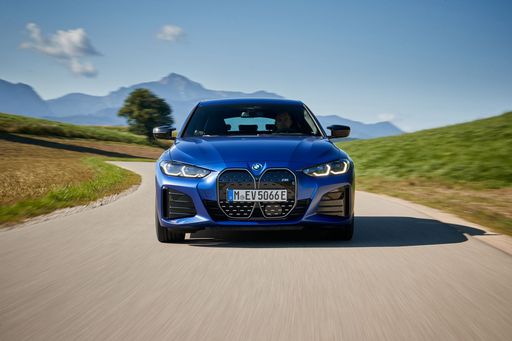 @ press.bmwgroup.com
@ press.bmwgroup.com
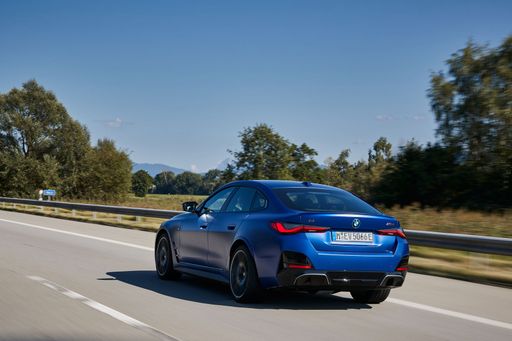 @ press.bmwgroup.com
@ press.bmwgroup.com
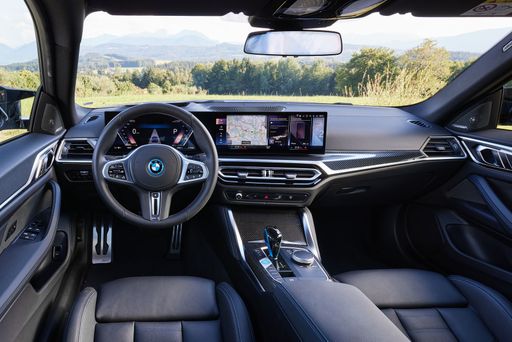 @ press.bmwgroup.com
@ press.bmwgroup.com
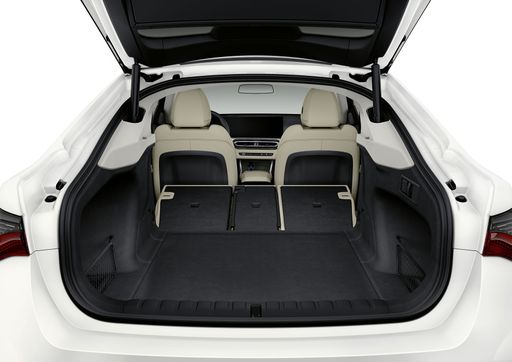 @ press.bmwgroup.com
@ press.bmwgroup.com
Volvo EC40
The Volvo EC40 seamlessly combines cutting-edge technology with sleek Scandinavian design, offering a refined driving experience. With its advanced safety features and user-friendly infotainment system, this model caters to both seasoned drivers and modern tech enthusiasts. The vehicle's impressive efficiency and environmentally conscious engineering make it a standout choice for those seeking sustainability without compromising on style.
details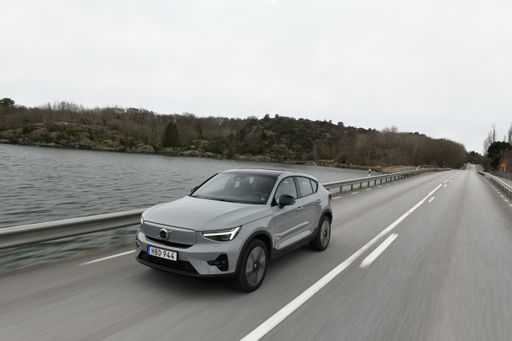 @ media.volvocars.com
@ media.volvocars.com

|

|
|
|
|
Costs and Consumption |
|
|---|---|
|
Price
49400 - 62500 £
|
Price
46600 - 59000 £
|
|
Consumption L/100km
-
|
Consumption L/100km
-
|
|
Consumption kWh/100km
14.7 - 16.7 kWh
|
Consumption kWh/100km
16.2 - 17.3 kWh
|
|
Electric Range
514 - 613 km
|
Electric Range
488 - 584 km
|
|
Battery Capacity
67.1 - 81.3 kWh
|
Battery Capacity
67 - 79 kWh
|
|
co2
0 g/km
|
co2
0 g/km
|
|
Fuel tank capacity
-
|
Fuel tank capacity
-
|
Dimensions and Body |
|
|---|---|
|
Body Type
Hatchback
|
Body Type
SUV
|
|
Seats
5
|
Seats
5
|
|
Doors
5
|
Doors
5
|
|
Curb weight
2070 - 2285 kg
|
Curb weight
2065 - 2185 kg
|
|
Trunk capacity
470 L
|
Trunk capacity
404 L
|
|
Length
4783 mm
|
Length
4440 mm
|
|
Width
1852 mm
|
Width
1873 mm
|
|
Height
1448 mm
|
Height
1591 mm
|
|
Max trunk capacity
1290 L
|
Max trunk capacity
1196 L
|
|
Payload
445 - 480 kg
|
Payload
395 - 435 kg
|
Engine and Performance |
|
|---|---|
|
Engine Type
Electric
|
Engine Type
Electric
|
|
Transmission
Automatic
|
Transmission
Automatic
|
|
Transmission Detail
Reduction Gearbox
|
Transmission Detail
Reduction Gearbox
|
|
Drive Type
Rear-Wheel Drive, All-Wheel Drive
|
Drive Type
Rear-Wheel Drive, All-Wheel Drive
|
|
Power HP
286 - 601 HP
|
Power HP
238 - 442 HP
|
|
Acceleration 0-100km/h
3.7 - 6 s
|
Acceleration 0-100km/h
4.6 - 7.3 s
|
|
Max Speed
190 - 225 km/h
|
Max Speed
180 km/h
|
|
Torque
400 - 795 Nm
|
Torque
420 - 670 Nm
|
|
Number of Cylinders
-
|
Number of Cylinders
-
|
|
Power kW
210 - 442 kW
|
Power kW
175 - 325 kW
|
|
Engine capacity
-
|
Engine capacity
-
|
General |
|
|---|---|
|
Model Year
2025
|
Model Year
2024
|
|
CO2 Efficiency Class
A
|
CO2 Efficiency Class
A
|
|
Brand
BMW
|
Brand
Volvo
|
What drivetrain options does the BMW i4 have?
The BMW i4 is available as Rear-Wheel Drive or All-Wheel Drive.
The prices and data displayed are estimates based on German list prices and may vary by country. This information is not legally binding.
